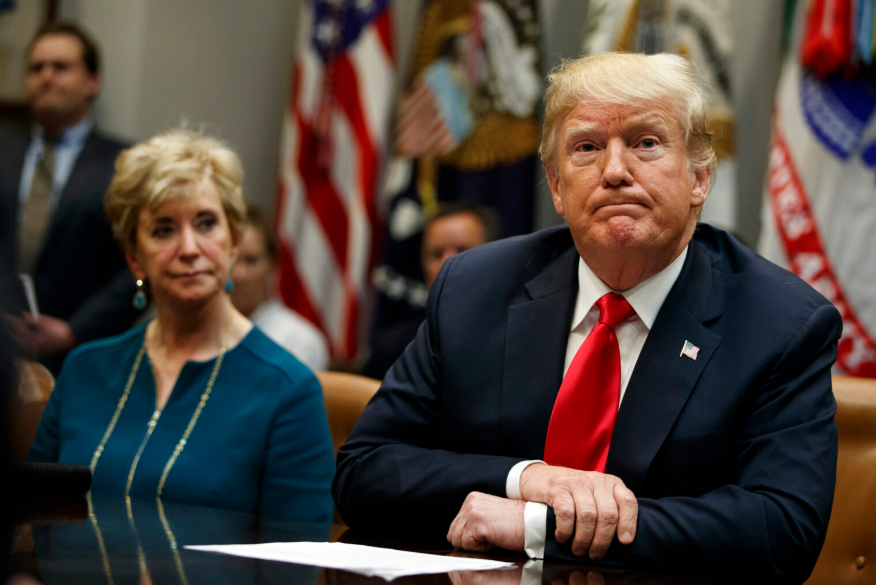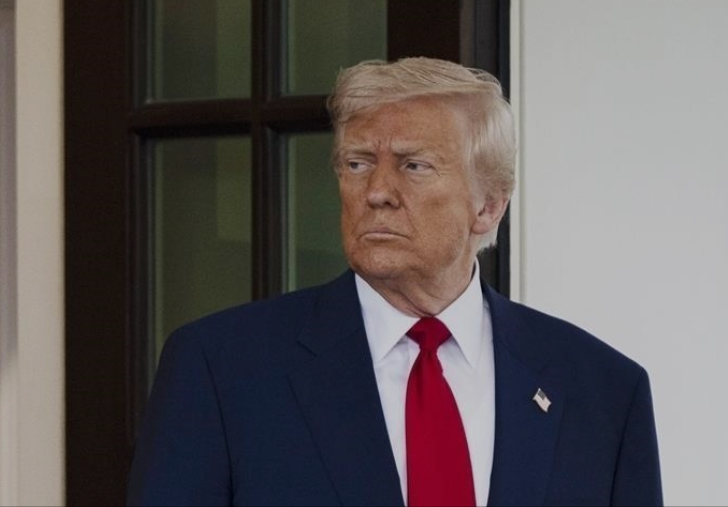On Thursday, President Donald Trump signed an executive order mandating the Department of Education’s dismantling, signaling a dramatic escalation of his administration’s ongoing efforts to reduce the scope of the federal government.
While the order does not officially dissolve the department, it instructs officials to close it “to the maximum extent appropriate and permitted by law.” A complete shutdown of the department would require congressional approval, as only Congress has the authority to establish or eliminate federal agencies.
This move reflects a pattern seen in previous executive orders, where Trump has sought to reduce federal agencies’ size and authority. Specifically, regarding the Education Department, Trump has suggested that it could eventually be reduced to a single employee.
The order directs Secretary Linda McMahon to shift education authority back to state and local governments while ensuring the continued delivery of essential services, programs, and benefits. Trump emphasized that core functions of the department, including Pell Grant distribution and student loan management, would be reassigned to other federal agencies.
“We are going to shut it down as quickly as possible,” Trump declared before signing the order. “It’s doing no good. We want to return control of education to the states.”
Shortly after the order was signed, Senator Bill Cassidy (R-La.) announced plans to introduce legislation to formally eliminate the Department of Education. He expressed his support for the President’s goal, acknowledging that congressional approval would be necessary to achieve full closure.
National education organizations have consistently warned that dismantling the federal education infrastructure could harm public schools, particularly those serving over 50 million students, including the 15% with disabilities. Becky Pringle, President of the National Education Association, criticized the move, stating it could lead to larger class sizes, cuts to job training programs, and reduced access to higher education, especially for middle-class families. Additionally, Pringle emphasized the negative impact on students with disabilities and the loss of vital civil rights protections.
Randi Weingarten, President of the American Federation of Teachers, vowed to challenge the move, stating, “See you in court.”
The Trump administration’s ongoing efforts to reduce the Department of Education’s functions, including major workforce reductions, have already faced multiple legal challenges. Last week, 21 Democratic state attorneys general filed a lawsuit, arguing that the workforce cuts would hinder the department’s ability to fulfill its statutory responsibilities, threatening Congress’s constitutional authority.
Lawmakers have also expressed concerns that eliminating the department would exacerbate existing challenges in U.S. education. Representative Robert Garcia (D-Calif.) warned that cutting funding to the Department of Education could result in a shift of resources to private schools, making public schools even more strained and further burdening students and educators.
This executive order is expected to trigger numerous legal battles, with advocacy groups like Democracy Forward pledging to protect the rights of students, teachers, and families.
“We will use every legal tool at our disposal to ensure that this action does not violate the rights of those who rely on public education,” said Skye Perryman, President and CEO of Democracy Forward.



